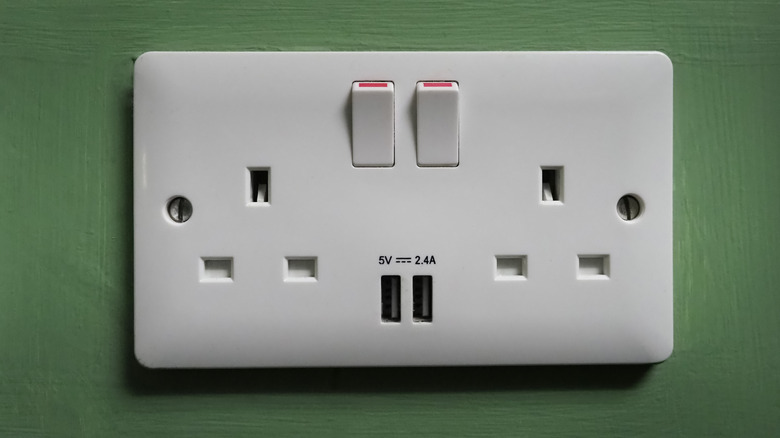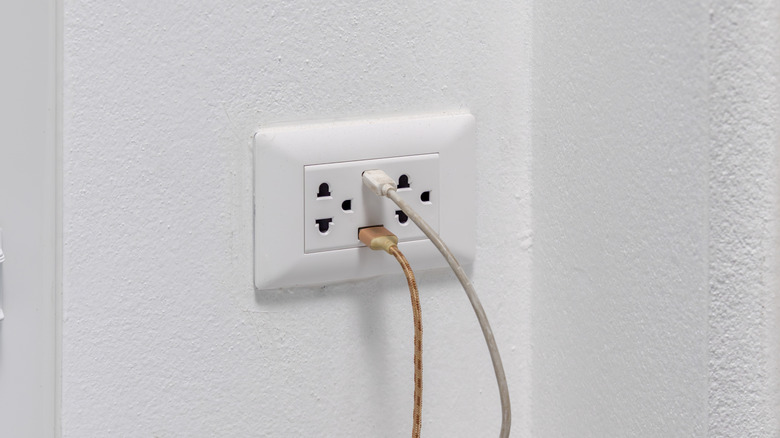Do USB Sockets Use Electricity When Not In Use?
USB has become the standard for charging a wide range of devices, including smartphones, smartwatches, earbuds, and most other gadgets. As a result, USB wall sockets have become increasingly common in homes, offices, and public spaces. They are quite convenient, as they eliminate the need to carry a separate charging adapter. However, unlike regular power outlets, these USB sockets typically don't have a switch to turn them off when not in use. So, it's natural to wonder whether these USB wall sockets consume power when nothing is plugged into them.
When you don't have anything plugged into a USB wall socket, it typically enters standby mode and only uses 0.05 watts of power. This is very little and doesn't significantly impact your energy bills by more than a few cents. For perspective, a smart TV typically uses 100 watts per hour when in use, while a standard home refrigerator can consume between 350 and 780 watts per hour.
Should you unplug the cable when the USB socket is not in use?
All in all, the electricity used by an idle USB wall socket is negligible. This applies to wall sockets with both USB Type-A and USB Type-C ports. Even if a USB cable is plugged into the USB socket and no device is connected, the power drawn is minimal. However, if the device is plugged in, it will continue to draw power, even if it's fully charged. Hence, it's best to unplug your devices from the USB wall socket when not in use.
The exact amount of power drawn from the USB wall sockets varies depending on the type of device that's connected and its energy efficiency. For instance, wireless earbuds will typically consume less power than a large portable power bank. So, if you're worried about excessive energy usage, you should avoid leaving your devices plugged in overnight. And if you are planning to install new USB wall sockets for charging your devices, it's always best to choose high-quality models over cheap, low-quality alternatives to avoid unnecessary risks.

